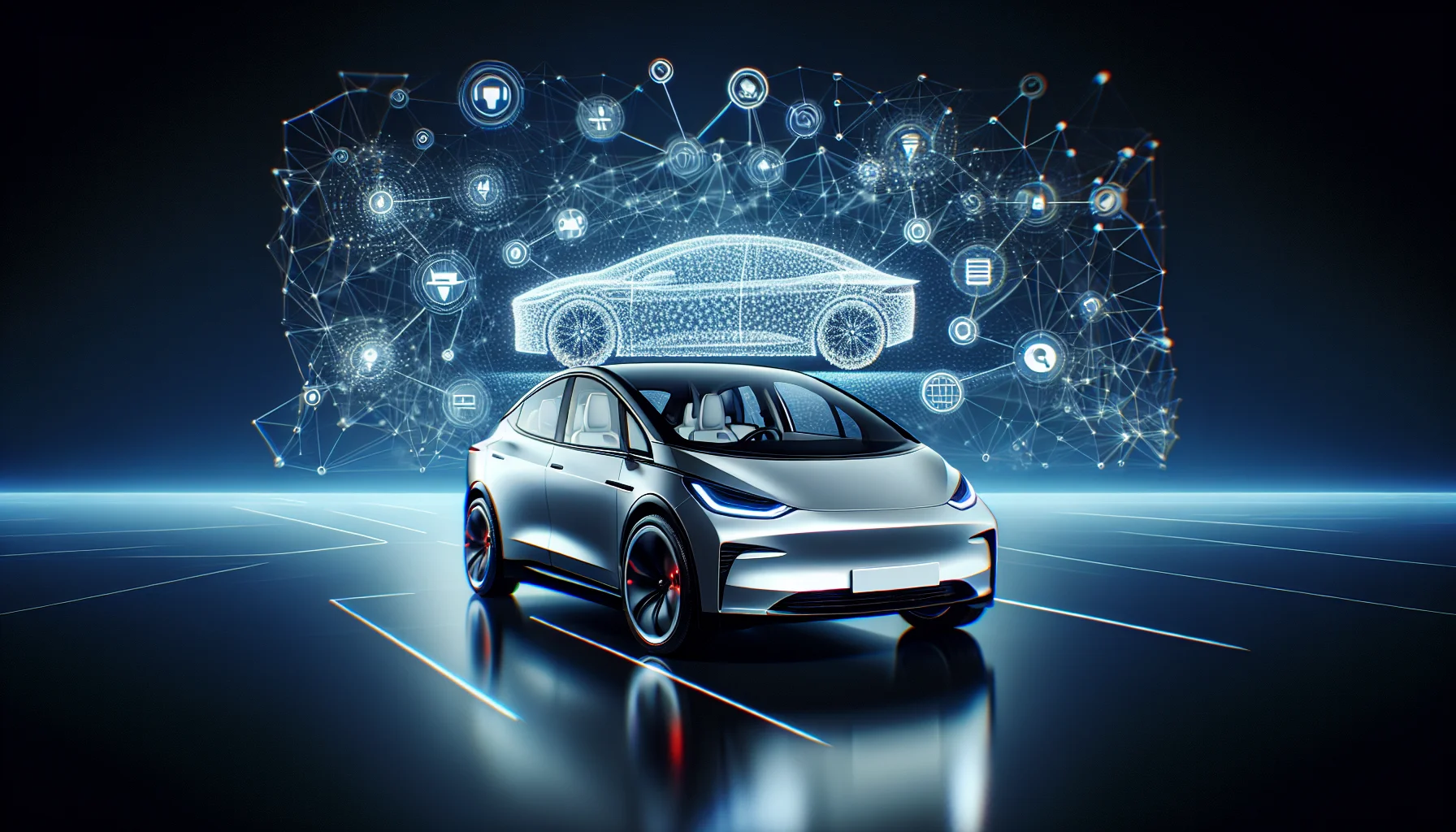
Tesla’s $38,000 Gambit: Why the New Model Y is a Masterclass in Tech Strategy
If you’ve been watching the tech and automotive worlds, you probably saw the headlines: Tesla just dropped a new, more affordable Model Y, clocking in at $37,990. On the surface, this looks like a straightforward price cut—a 15% reduction to entice more buyers, especially after changes to US EV subsidies made its other models less attractive from a cost perspective. But to see this as just a price adjustment is to miss the forest for the trees.
This move isn’t just about selling more cars. It’s a calculated, strategic gambit that reveals the core of Tesla’s identity: it’s not a car company, but a technology company that happens to build cars. For developers, entrepreneurs, and tech professionals, Tesla’s latest play is a living case study in vertical integration, the power of software, and the relentless pursuit of efficiency through automation. Let’s break down what’s really happening under the hood.
The Chess Move: Why Now?
To understand the genius of the timing, you have to look at the context. The US government recently tightened the rules for its popular $7,500 EV tax credit, specifically around battery component and mineral sourcing. This change disqualified the previous base Model Y. In an instant, Tesla’s best-selling vehicle became significantly more expensive for a large chunk of its potential customers.
A traditional company might have lobbied, complained, or slowly adjusted its supply chain. Tesla’s response was different. They didn’t just absorb the blow; they changed the game. By introducing a new “standard” range model, they sidestepped the subsidy issue for a new entry-level price point. This is agility in action—a core lesson for any startup navigating a volatile market. When the rules of the game change, don’t just adapt; create a new way to win.
Under the Hood: The Real Engine is Software and Automation
So, how can Tesla afford to slash prices by 15% and still maintain its margins? The answer doesn’t lie in cheaper leather seats or smaller cup holders. It lies in a deep, systemic commitment to technological efficiency that has been part of its DNA from day one.
The Gigafactory’s Secret Sauce: Automation at Scale
Tesla’s Gigafactories are not just assembly lines; they are monuments to automation and advanced manufacturing. By pioneering techniques like using massive single-piece castings for the car’s underbody, they eliminate the need to weld and assemble hundreds of individual parts. This simplifies the production line, reduces the chance of errors, and dramatically cuts down on manufacturing time and cost.
This relentless focus on process innovation is what allows them to find efficiencies that other automakers, burdened by legacy systems, can only dream of. It’s a powerful reminder that the most significant breakthroughs often happen not in the final product itself, but in how it’s made. For any startup looking to scale, the question shouldn’t just be “what are we building?” but “how can we build it smarter, faster, and cheaper than anyone else?”
The Car as a SaaS Platform
Here’s where Tesla truly diverges from the traditional auto industry and speaks the language of tech professionals. A Tesla is not a static piece of hardware. It’s an evolving platform powered by sophisticated software, much like your smartphone. This is the “Car as a Service” model, and it’s a game-changer.
Through over-the-air (OTA) updates delivered via the cloud, Tesla can deploy new features, improve performance, and even patch security vulnerabilities while the car sits in your garage. This is a classic SaaS (Software as a Service) playbook applied to a 1.5-ton machine. This software-centric approach creates continuous value for the customer long after the initial purchase and provides Tesla with recurring revenue opportunities


